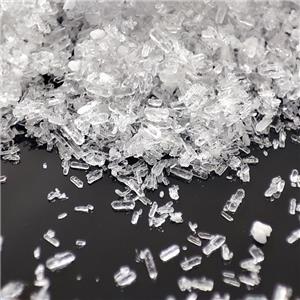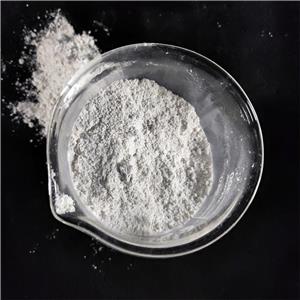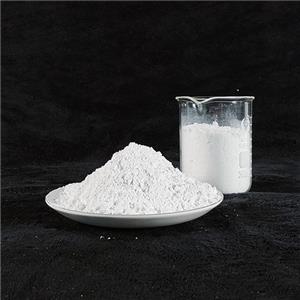How does magnesium hydroxide work as a flame retardant?
Applications of Magnesium Hydroxide
Magnesium hydroxide is widely used across multiple industries, owing to its effective flame retardant properties, cost-efficiency, and environmental friendliness. Some of the key applications include:
Polymers and Plastics
Magnesium hydroxide is commonly incorporated into polymers like polyethylene, polypropylene, and polyvinyl chloride (PVC) to enhance their fire resistance. By adding magnesium hydroxide to these materials, manufacturers can significantly improve their performance in fire-prone environments. This is especially important in the production of consumer goods such as electrical cables, household appliances, and furniture.
In PVC, magnesium hydroxide helps to lower the material's flammability without introducing harmful chlorine-based compounds. This is a valuable feature in applications like flooring, wall coverings, and window profiles where fire safety is a top priority.
Textile Coatings
Magnesium hydroxide is also used in coatings for textiles, particularly those used in high-risk environments such as protective clothing, upholstery, and curtains. The flame retardant coating prevents the rapid spread of fire and can help mitigate the damage in case of a fire. By enhancing textile materials with magnesium hydroxide, manufacturers can meet stringent fire safety standards for products that are exposed to fire hazards in public spaces or high-traffic areas.
Construction Materials
In the construction industry, magnesium hydroxide is utilized in materials like cement, insulation, and fire-resistant coatings. Its ability to form a protective char layer when heated makes it ideal for use in fireproofing construction materials. For example, it is added to cement mixtures to enhance the fire resistance of walls, floors, and ceilings in buildings.
Magnesium hydroxide is also used in insulation products to reduce the risk of fires spreading through walls and ceilings. As the construction industry increasingly focuses on sustainability and fire safety, magnesium hydroxide provides an effective solution for meeting these demands.
Wires and Cables
Magnesium hydroxide is frequently used as a flame retardant in wires and cables. Electrical cables, especially those used in high-voltage environments or exposed areas, are at significant risk of catching fire in the event of an electrical short or malfunction. By incorporating magnesium hydroxide into the insulation layer of wires, manufacturers can increase the fire resistance of these components, providing better protection for homes, businesses, and critical infrastructure.
Electronics and Automotive
In electronics, magnesium hydroxide is used to enhance the fire resistance of components such as circuit boards, connectors, and battery packs. The use of magnesium hydroxide in electronic devices helps to prevent fires caused by overheating, short-circuiting, or battery malfunctions.
Similarly, in the automotive industry, magnesium hydroxide is added to plastic and composite materials used in car interiors, under-the-hood components, and battery enclosures. It provides a fire-resistant barrier that helps protect the vehicle's occupants and critical systems in the event of an accident or fire.




